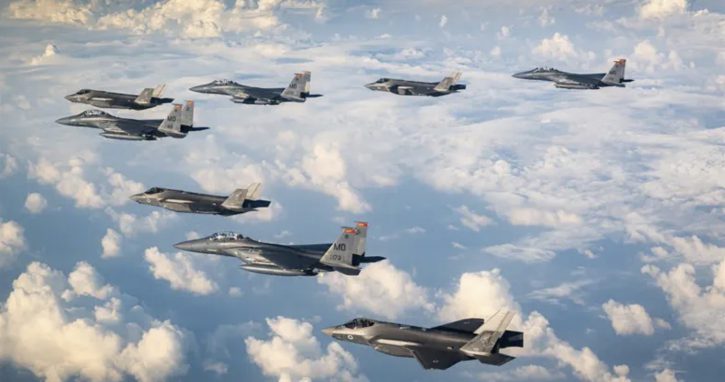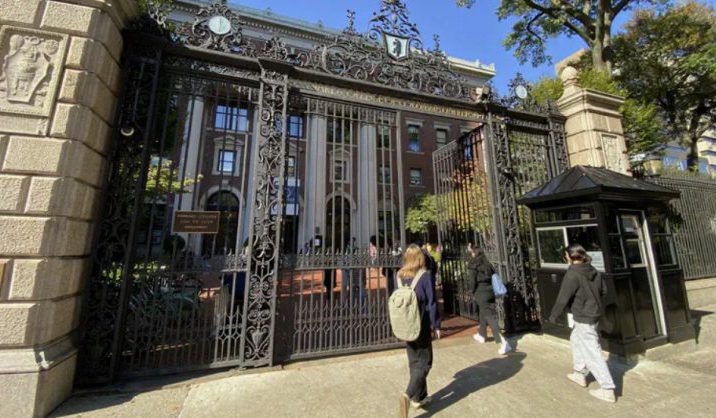Two US Navy aircraft crash within 30 minutes over the South China Sea—President Trump calls it “very unusual,” sparking questions amid rising tensions with China.
In a stunning and deeply concerning turn of events, a US Navy MH-60R Seahawk helicopter and an F/A-18F Super Hornet fighter jet both crashed within the same half hour on Sunday during routine operations over the South China Sea — one of the world’s most volatile flashpoints.
The US Pacific Fleet confirmed that all five crew members were rescued safely, but the coincidental timing of the twin crashes has triggered a wave of speculation and a full-scale investigation by the Navy.
Speaking aboard Air Force One en route from Malaysia to Japan, President Donald Trump called the back-to-back crashes “very unusual,” hinting that contaminated or sabotaged fuel could be the culprit.
“They think it might be bad fuel. We’re gonna find out. Nothing to hide, sir,” Trump told reporters, emphasizing the urgency of the probe.
According to Navy officials, the Seahawk helicopter went down around 2:45 p.m. local time while operating from the aircraft carrier USS Nimitz. All three crew members were swiftly rescued by search-and-rescue teams.
Barely thirty minutes later, the F/A-18F Super Hornet — one of the Navy’s most advanced strike fighters, valued at over $60 million each — crashed while performing standard maneuvers from the same carrier. Both pilots ejected and were safely recovered.
The incident marks the fourth loss of an F/A-18 this year, a statistic that raises serious operational concerns as American forces maintain a high-intensity presence in the South China Sea to counter China’s expanding military footprint.
Bracketed by China, Vietnam, and the Philippines, the South China Sea is a geopolitical tinderbox, with Beijing claiming almost the entire waterway in defiance of international law. Over the past two decades, China has militarized artificial islands, built missile bases, and installed radar systems across disputed reefs — moves Washington has denounced as a direct threat to global trade and maritime freedom.
Despite the risks, the US Navy continues “freedom of navigation” patrols through the region, asserting the right to operate in international waters and defending allied nations facing Beijing’s coercion.
The crashes coincided with Trump’s high-stakes Asia tour, where he is expected to meet Chinese leader Xi Jinping for pivotal talks on trade and regional security. Just hours before the crashes, Treasury Secretary Scott Bessent announced a “framework trade agreement” between Washington and Beijing — a potential breakthrough after months of escalating tariffs and diplomatic friction.
While officials stress that the accidents are under investigation, analysts note that sabotage or cyber interference cannot yet be ruled out, especially given China’s track record of aggressive shadow operations in contested zones.
With tensions high, both politically and militarily, the dual crashes serve as a stark reminder: the South China Sea remains one misstep away from global crisis.





